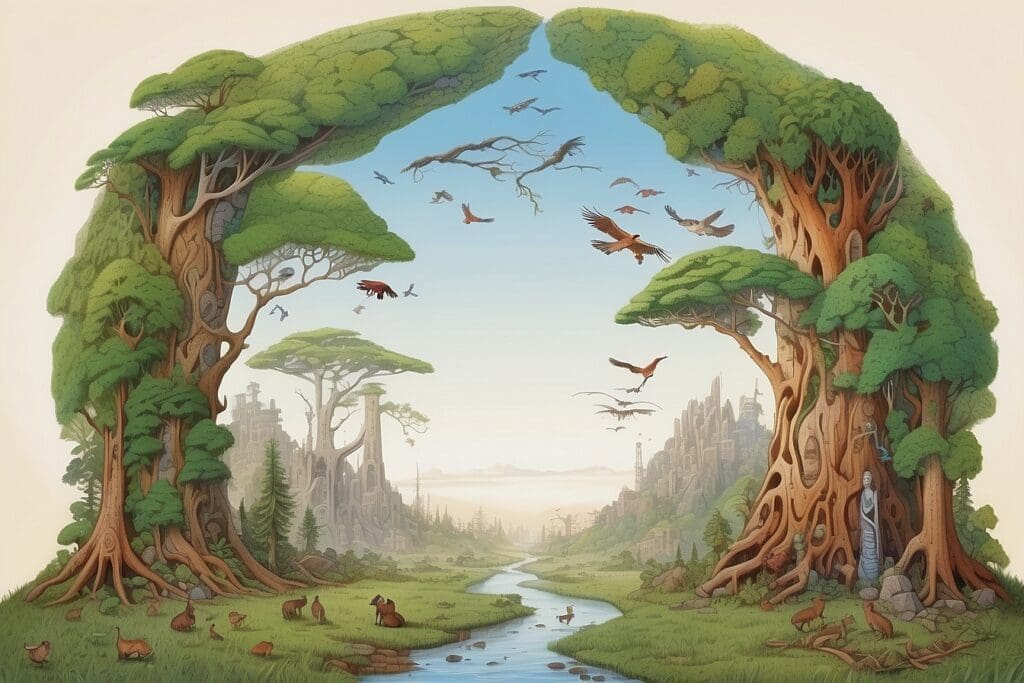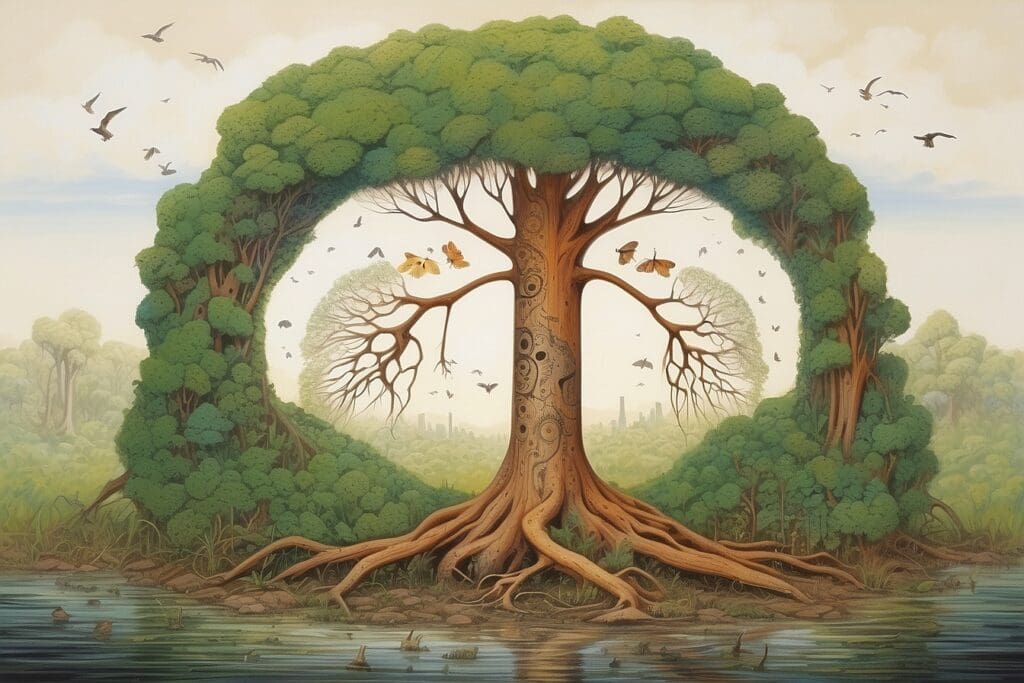Reconciliation ecology is the idea that humans and endangered species can live side by side, even in advanced civilizations. Humans now occupy over 95% of terrestrial earth,1 and other species are being enclosed into smaller and smaller spaces. The more humans contribute to habitat loss, the more species are lost.2 Reconciliation ecology was proposed as a solution to the failure of traditional conservation methodology of just enclosing endangered species into small habitat reserves. These small habitat reserves, Michael Rosenzweig argues, “can’t magically preserve the Earth’s whole set of ecosystems as if they were museums – or a vast outdoor zoo… Only the whole Earth is vast enough.” This relatively new concept in ecology was first popularized in a book by Rosenszweig, called Win-Win Ecology.3

How does reconciliation ecology work? It involves redesigning the many ways in which we use the land so that wild species can support themselves in our cities.4 As Rosenszweig emphasizes, these hybrid city/habitats are no replacement for habitat preservation, since programs could only target a few species at a time, and could not replace an entire ecosystem. Still, he insists, humans can provide some species enough support to allow them to adapt to us.5 For example, green roofs on city buildings can provide a great habitat for plants, animals, and insects.6
In order to implement this on a global scale, a great deal of research would need to be conducted regarding how to make sustainable ecosystems for each of these plants and animals. After that was determined, researchers would then have to figure out the easiest way that humans could create habitable conditions for the plants and animals. For example, preserving some species requires a large communal effort, but for other species, individuals can just create mini-habitats in their backyards. Fortunately, habitats that are good for certain species may also be good for other related species, which makes the process of integrating those species much easier.7
Examples of reconciliation ecology have already started to sprout up spontaneously in many different cities. For example, in Israel, when the Suez Canal closed in the 1950’s, most of the coral reef was torn up in order to make a port. Using the small portion of reef that survived, one entrepreneur built an underwater restaurant inside the coral reef, and brought in scientists to help rehabilitate the coral reef. As a result, the restaurant has been succeeding, and the coral reefs have been recovering.8
Another good example happened in southern Florida where the Turkey Power Point Station, a nuclear power plant, was located. Cooling canals happened to have been dug near the power plant, and crocodiles started to live inside them, finding them to be a great environment in which to live. The crocodile population there has since proliferated successfully. The power plant has even hired biologists to help preserve conditions there for the crocodiles and create conditions for other species to move into as well.9
It all sounds great, but what’s in it for humans? After all, it’s one thing to ask humans not to enter protected environments, and quite another thing to ask species to come into human environments. Fortunately, in the long-run, living alongside other species can help us too. A good ecosystem can help maintain good soil, which in turn can help boost agriculture and forests. Reconciliation ecology can also help raise the value of homes and vacation spots, since it provides people a unique opportunity to live amongst rare species and habitats.10
However, critics argue that reconciliation ecology may not be the great solution that it’s been made out to be. First, most biodiversity is concentrated in certain tropical areas, where there are also high concentrations of humans. Second, species in these areas tend to be very specialized, and therefore less adaptable to changing conditions. Success stories of reconciliation ecology have tended to be in more temperate regions, where species tend to be more adaptable. Third, these areas tend to have much more pressing social issues like poverty, inequality, and civil conflict, which would mean that species preservation is low on their list of priorities. 11
Only time will tell whether reconciliation ecology catches on to be a significant environmental movement. It is certainly a fun idea to live amongst wild and endangered species in a city. However, unless it gains significant popularity in the near future, it may remain as just that: a fun idea.





